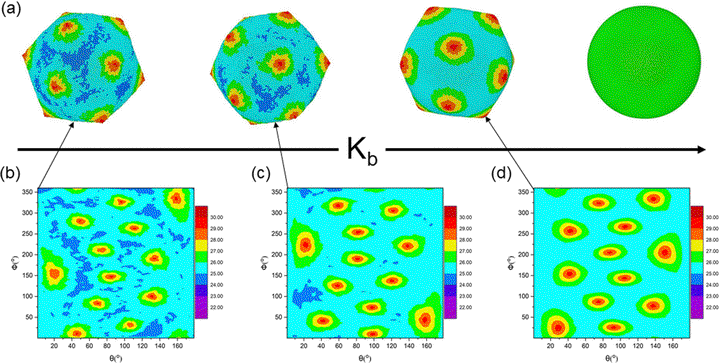Exploring the interplay of liquid crystal orientation and spherical elastic shell deformation in spatial confinement

摘要
The application of liquid crystal technology typically relies on the precise control of molecular orientation at a surface or interface. This control can be achieved through a combination of morphological and chemical methods. Consequently, variations in constrained boundary flexibility can result in a diverse range of phase behaviors. In this study, we delve into the self-assembly of liquid crystals within elastic spatial confinement by using the Gay–Berne model with the aid of molecular dynamics simulations. Our findings reveal that a spherical elastic shell promotes a more regular and orderly alignment of liquid crystals compared to a hard shell. Moreover, during the cooling process, the hard-shell confined system undergoes an isotropic–smectic phase transition. In contrast, the phase behavior within the spherical elastic shell closely mirrors the isotropic–nematic–smectic phase transition observed in bulk systems. This indicates that the orientational arrangement of liquid crystals and the deformations induced by a flexible interface engage in a competitive interplay during the self-assembly process. Importantly, we found that phase behavior could be manipulated by altering the flexibility of the confined boundaries. This insight offers a fresh perspective for the design of innovative materials, particularly in the realm of liquid crystal/polymer composites.